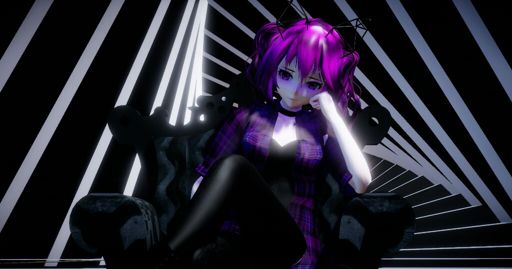
Hebb was not so interested in actual brainwashing, but had long been curious about the response of the brain to the absence of stimuli. Part of the research team was a psychologist named Donald Hebb, who offered to conduct an experiment on what he called “sensory isolation.” The CIA, convinced that the soldiers had been brainwashed, promptly launched a research initiative-Project Bluebird-on mind-control techniques. In the early 1950s, footage emerged from Korea of American prisoners of war denouncing capitalism and extolling the virtues of communism.

Our first studies on sensory deprivation grew out of a clandestine cold war military experiment on mind control. Underground: A Human History of the Worlds Beneath Our Feet follows author Will Hunt through caves, catacombs, subways, and sewers. Here lies a heavy, ancient dark, Book-of-Genesis dark. In cave darkness not a single photon penetrates. Here the eye will always adjust, the iris will always open to collect photons. But these were partial darknesses, always with a dot of light through a keyhole, or a star-gleam from the sky. After Hurricane Sandy in New York, walking through lower Manhattan, down block after block of the city’s blacked-out grid, hair bristling on the back of my neck. In the bush in Australia, getting up to pee without a flashlight, losing sight of the tent, stumbling through the dark, thinking of packs of dingoes. In childhood games of sardines, hiding in the corner of my father’s closet, my heart thumping. “After thousands of years,” wrote Annie Dillard, “we’re still strangers to darkness, fearful aliens in an enemy camp, with arms crossed over our chests.” I have many times been disquieted by darkness. In the modern West, we no longer fret over night ambush by saber-toothed tigers, but we still squirm in the dark. For our ancestors, the height of terror would have been wandering over the savannah in the dark, listening for a predator’s paws drumming against the ground. As the sun set each night, our ancestors became vulnerable, transforming from predator to prey as they entered a world dominated by nocturnal hunters, all endowed with powerful night-vision: lions, hyenas, saber-toothed tigers, venomous snakes. But without sunlight, our eyes are all but useless: for our gut of cone cells, we lack the other type of photoreceptor-“rod cells”-which enable vision in low light.

We possess an abundance of the photoreceptor cells called “cone cells” that enable us to home in on sharp details: our ancestors could pick out game animals on the horizon, or glimpse a piece of fruit in a tree and know from the precise shade of color whether or not it was ripe.

Sure enough by daylight, our eyes are magnificent. We are diurnal-day-active-creatures, meaning our ancestors, down to the finest physiological points, were adapted to forage, navigate, and seek shelter while the sun was up. Our aversion to darkness is rooted in our eyes.


 0 kommentar(er)
0 kommentar(er)
